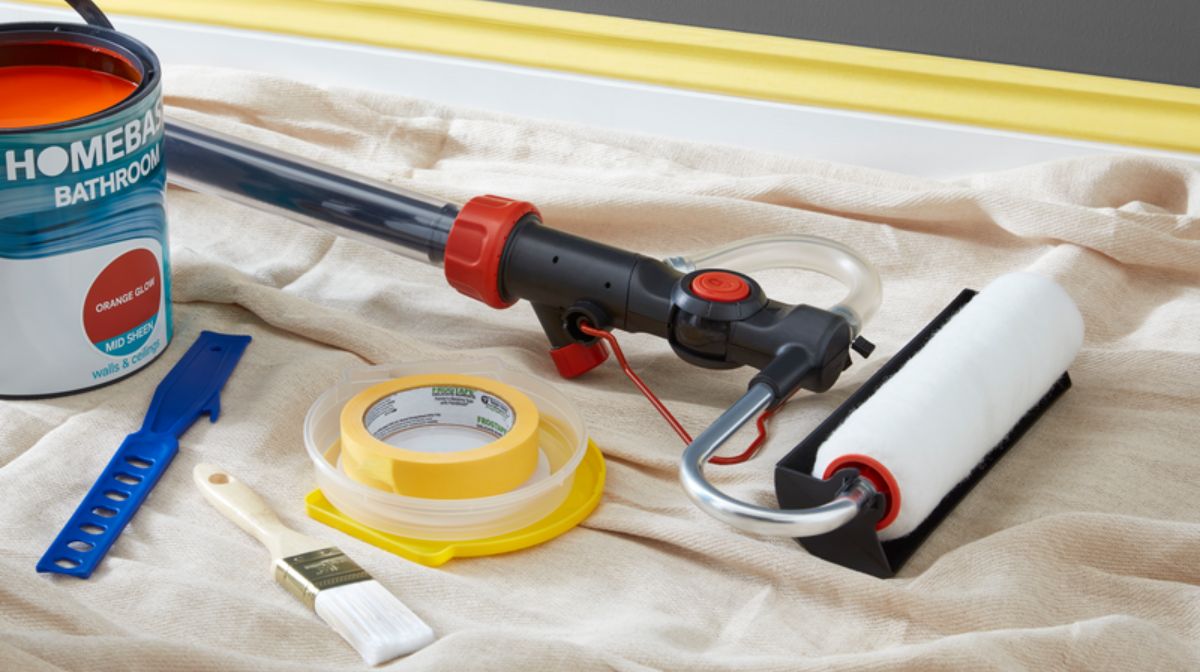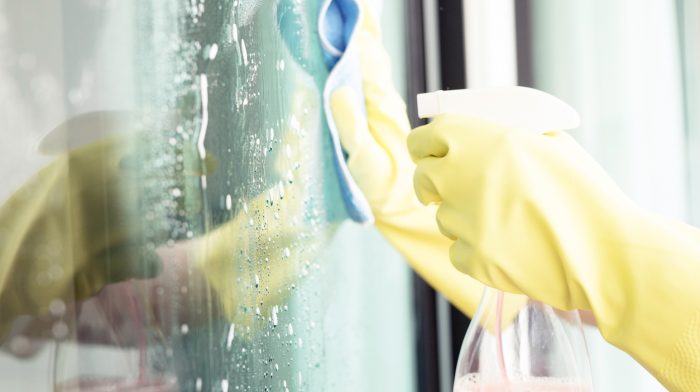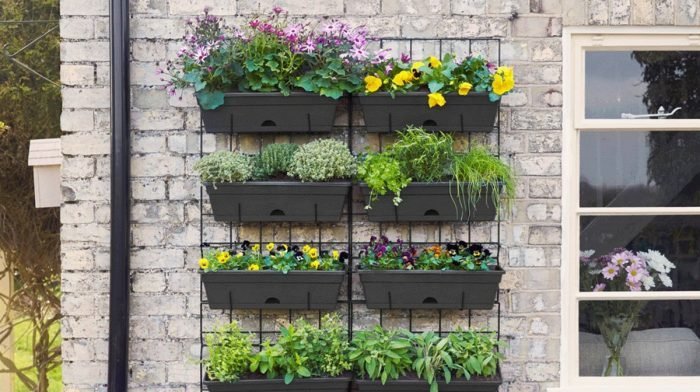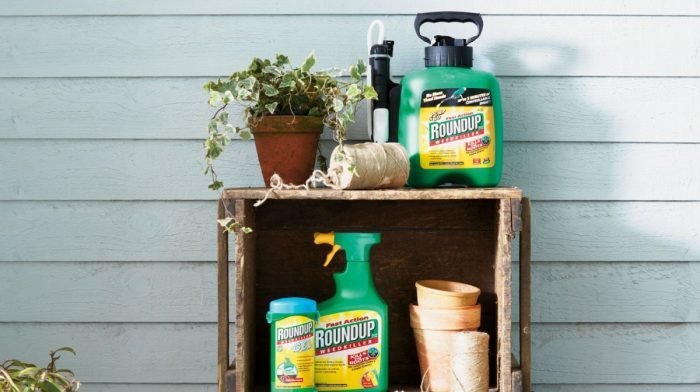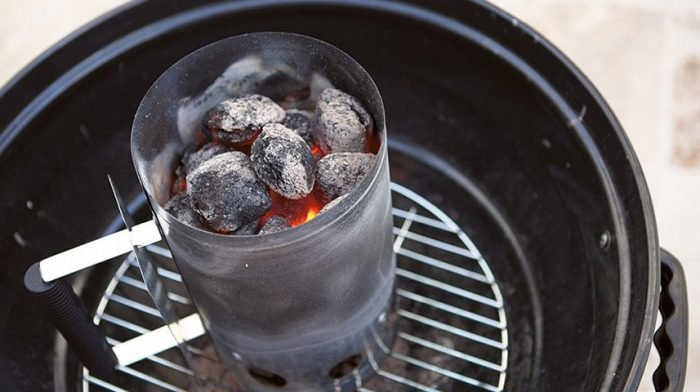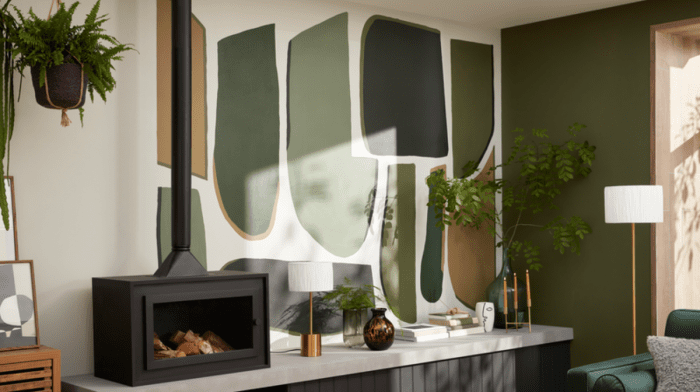Taking on a home decoration project is a big task, so it’s important to ensure you’re properly equipped with the best tools to get the job done. Paint brushes and rollers come in a variety of shapes and sizes, so choosing the right one makes your job easier, maximizing paint success. Whether you’re varnishing a wooden decking or touching up your bedroom skirting boards, there’s a perfect paint brush out there for you. Read our paint brush buying guide to make sure you’ve got the right brushes and rollers for painting and achieve your home makeover.
What are the different types of paint brushes?
Before you even start your painting job, you will be faced with a vast selection of different types of paint brushes, each designed for different jobs and purposes. Finding the right paint brush for you can seem a bit overwhelming, so here are the most common types of paint brushes, what they’re best for and when you might need them.
Natural bristle paint brush
Natural bristle paint brushes are exactly what they say on the tin. These brushes have bristles made from natural materials, usually animal hair, such as hog or horse hair.
Natural bristle brushes are best for solvent-based paints, as their structure means they pick up and hold the paint well and provide a fine finish. However, natural bristle brushes have to be ‘broken in’ so if you’re doing a one-off project, it may be best to avoid these.

